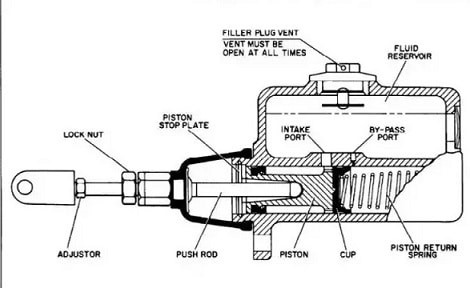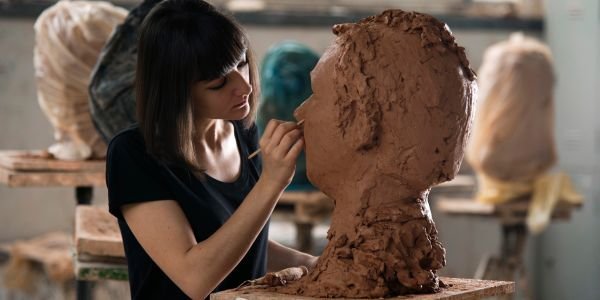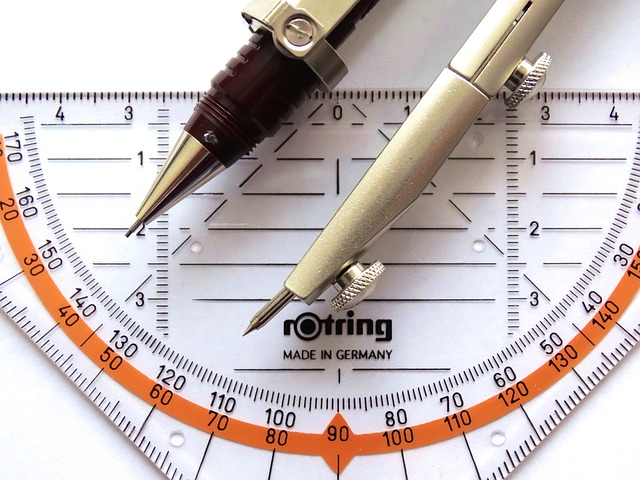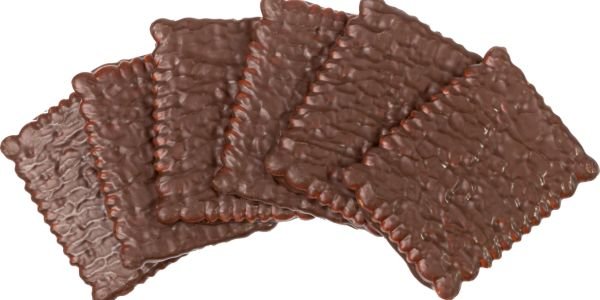Table of Contents
In a world saturated with digital media and fleeting virtual experiences, the timeless charm of tangible, three-dimensional art continues to captivate the human soul. One of the prime representations of this art form is “Sculptura.” Derived from the Latin word “sculptura,” meaning carving or engraving, the term today is symbolic of a world where creativity meets physical form, showcasing the zenith of human craftsmanship.
The Evolution of Sculptura
The legacy of sculptura is as old as human civilization itself. Prehistoric humans carved symbols and figures on cave walls and rocks, marking the genesis of sculptural endeavors. As societies evolved, so did their penchant for detailed sculptures – from the mammoth sculptures of ancient Egypt to the finely detailed statues of the Greco-Roman era. Every era showcased its ethos, values, and aesthetic sensibilities through its sculptures.
The Renaissance period, for example, witnessed a surge of interest in the human form. Artistic giants like Michelangelo and Leonardo da Vinci redefined sculptura with pieces like the ‘David’ and ‘Pietà.’ These sculptures, while exuding aesthetic beauty, also became cultural markers of their time, speaking volumes about the society, politics, and ideologies of their respective periods.
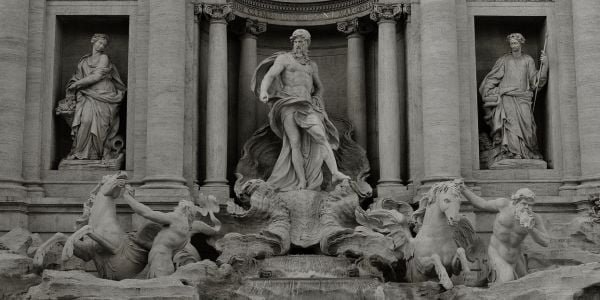
Materials and Techniques
The transformation of a mere block into a work of art is a testament to an artist’s skill. Historically, marble, bronze, wood, and clay were the primary mediums. Michelangelo’s ‘David’ is carved from a single block of marble, while Rodin’s ‘The Thinker’ is cast in bronze. Each material has its own charm and challenges. For instance, while marble gives a soft, luminous appearance, bronze sculptures can be used for more intricate designs and withstand the ravages of time and weather.
With technological advancement, newer materials like stainless steel, resin, and even recycled materials have made their way into the world of sculptura. Artists like Jeff Koons have utilized stainless steel to create balloon-like sculptures, blurring the lines between traditional and contemporary.
Sculptura in Contemporary Times
Today, sculptura is not just confined to statues in public squares or museum exhibits. It is an integral part of urban landscapes, homes, and even personal accessories. Modern-day artists often blend traditional techniques with contemporary themes, touching upon topics like environmentalism, gender issues, and technology. Ai Weiwei’s ‘Sunflower Seeds’, made up of millions of hand-painted porcelain seeds, is a poignant commentary on mass production and individuality.
The proliferation of 3D printing technology has also democratized sculptura, allowing even amateurs to produce intricate designs. This blend of art and technology is redefining boundaries and pushing the limits of creativity.
The Experience and Interpretation
Sculptura, at its core, is a sensory experience. Unlike two-dimensional forms of art, it occupies space and often invites touch. The tactile nature of sculptures bridges the gap between the observer and the observed, creating an intimate experience. Whether it’s the cold, smooth surface of a marble statue or the rugged texture of a wooden artifact, every sensation tells a story.
Moreover, sculptura has an uncanny ability to evoke powerful emotions. The anguish on the face of a war memorial statue, the elegance of a ballerina’s pose, or the abstract curves of a modern art piece – each speaks to the viewer differently. This subjective interpretation is what makes sculptura evergreen, transcending ages and cultures.
Sculptura, in its essence, is the embodiment of human emotions, ideals, and experiences, transformed into tangible form. It’s a confluence of the artist’s vision and the viewer’s interpretation, making it a unique, shared journey.
In a digital age, where the tangible is gradually losing ground, sculptura stands tall as a testament to human craftsmanship, imagination, and the innate need to express and connect. Whether you’re a connoisseur, an artist, or a casual observer, the world of sculptura has something to offer, something to resonate with – a slice of humanity carved in stone, metal, or wood.









